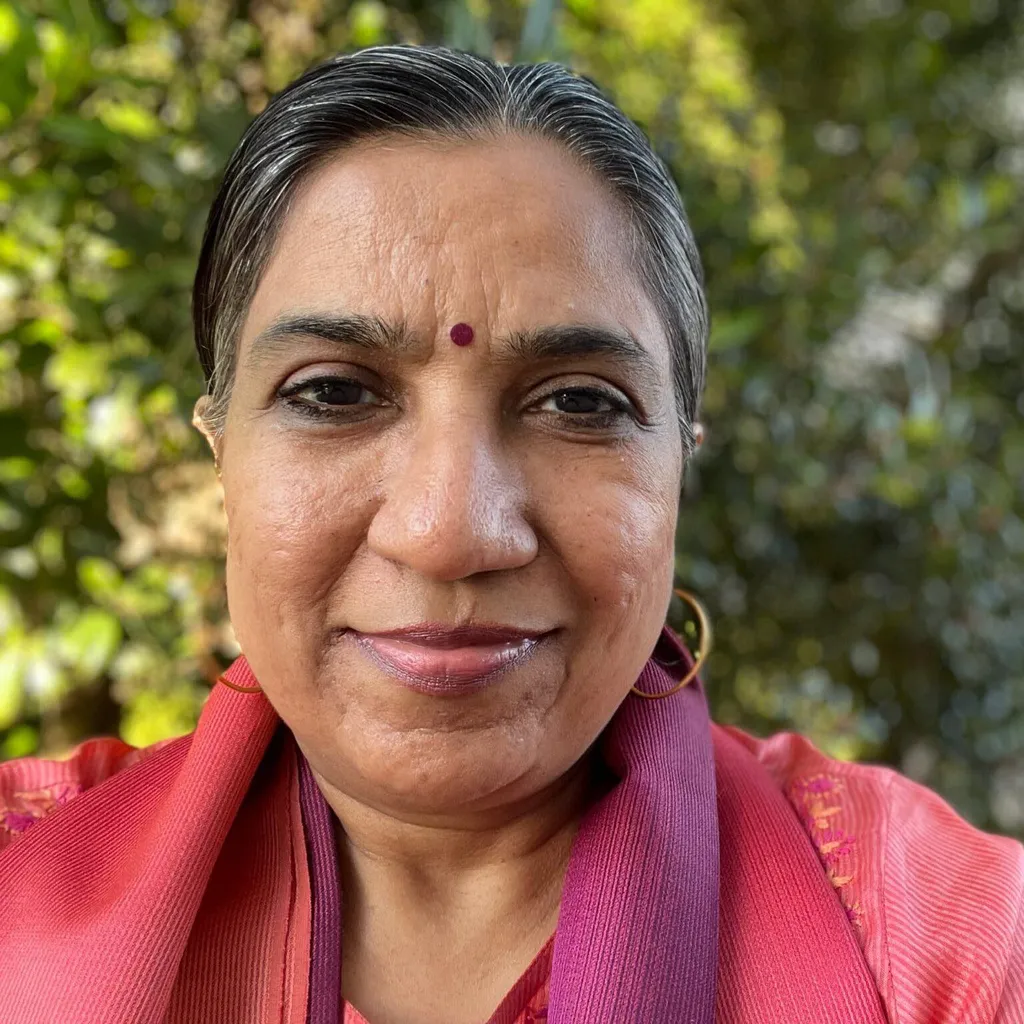 Op-Ed
Op-Ed

 |
| A health worker checks the blood pressure of an elderly at a commune health station in Hòa Bình Province. — Photo courtesy of the WHO |
By Angela Pratt and Renu Garg
Every day in Việt Nam, 15 million adults - or more than one in six people – are living with a condition that could cause a heart attack, disabling stroke, or even premature death. High blood pressure, or hypertension, is a silent killer because it often causes no symptoms until it's too late. Just under half of those living with high blood pressure in Việt Nam know they have it. And many pay with their lives: four out of ten deaths in Việt Nam are due to heart disease, for which hypertension is the leading cause.
High blood pressure's toll on Việt Nam is part of a rising global trend: worldwide, the number of people living with hypertension doubled over the last 30 years, from 650 million to 1.3 billion. A new report from the World Health Organization (WHO) finds that high blood pressure affects one in three adults and causes an estimated 10 million deaths each year worldwide, but only approximately one-fifth of those with hypertension have it controlled.
In Việt Nam and around the world, the consequences of uncontrolled hypertension are far-reaching: from individual declines in health and quality of life to families burdened by caring for a loved one after a heart attack or stroke, to high health care spending, avoidable strain on the health system, labour absenteeism and productivity losses.
Although high blood pressure can be treated and controlled with safe and effective low-cost daily medicines, almost 13 million people in Việt Nam live with uncontrolled hypertension – putting this group at avoidable risk of stroke, heart attack, and kidney damage. Furthermore, many of the heart attacks and strokes caused by uncontrolled hypertension occur in people under age 70, making the social and economic costs even higher.
To tackle this immense health challenge, in 2018 the Việt Nam Ministry of Health, supported by WHO and the global non-profit organisation Resolve to Save Lives, launched a hypertension control programme at the primary care level, based on the WHO HEARTS programme. The programme is now active in 6,000 commune health stations across 56 provinces, guided by WHO recommendations for interventions that include lifestyle changes and access to cost-effective treatment.
 |
| Dr Angela Pratt, the World Health Organization Representative in Việt Nam. — Photo WHO |
The programme, which has reached close to one million people so far, has helped make hypertension care more accessible by making diagnosis and treatment of high blood pressure available closer to home. As part of the programme, healthcare workers can now use an online system to track patients' progress, making it easier to follow up with patients and support them to maintain their treatment over time.
Việt Nam's commitment to heart health is paying off, with the country now sitting below the global average for hypertension prevalence in adults aged between 30-79. But as lifestyle habits continue to change, we need to keep working together to strengthen our fight against this “silent killer.” To continue to improve the quality of hypertension service delivery in Việt Nam and increase the number of patients who have their high blood pressure under control, we recommend a greater focus on four key areas:
First, hypertension control can be best implemented at the primary health care, or ‘grassroots’, level. The Government of Việt Nam is committed to strengthening grassroots health care, and enhancing hypertension control can be a great example of the benefits of investing in strong local healthcare services.
To help achieve this, the Government may wish to consider setting an ambitious national target for hypertension control-for instance, within the coming years aim to ensure that at least 50 per cent of people with hypertension have their condition properly controlled, versus the current rate of 13 per cent control.
Supporting local health services to deliver on this ambitious target would mean effective treatment for an additional 5.4 million people, protecting them from the deadly consequences of hypertension, and their families from the tragedy and economic hardship caused by preventable strokes, heart attacks, and deaths.
Second, to be successful in the long term, hypertension control requires equitable and sustainable financing, which is most effectively provided through social health insurance. Việt Nam has done well in expanding social health insurance coverage (which now covers 91 per cent of the population), and the treatment of hypertension is already included in the health insurance benefits. We need to make sure that local health authorities can access these funds so that they have all the resources they need at the local level to ensure that everyone in need is diagnosed and treated.
Third, we need to improve medication supply in primary health care so that those who are diagnosed with hypertension at a commune health station or district health centre receive the treatment they need. This could be achieved by rolling out the global best practice of a simple drug- and dose-specific treatment protocol – that is, a standardised approach to which medications are available and prescribed. This would streamline medication purchasing and forecasting done by the health facility.
 |
| Dr Renu Garg Senior Vice President for Cardiovascular Health at Resolve to Save Lives. Photo WHO |
Providing medicines free or at reduced cost can help improve equity, reduce out-of-pocket costs, ensure patients are retained on treatment and win community confidence in health systems. And the good news is these medicines do not need to be a huge expense for the health system: all of the best anti-hypertensive medications are generic and, when procured efficiently, cost as little as a few hundred đồng per pill.
Fourth, effective technology can enhance progress. For example, large-scale hypertension programmes perform best when they incorporate a simple, digital monitoring system that provides critical data, and that is fast and easy – especially for healthcare workers – to monitor patient outcomes over an extended period. Việt Nam has already made very good progress in the development of its existing online system, and there is potential to expand this further to ensure more patients have their hypertension controlled and improve overall programme quality as the programme continues to grow.
Four key principles to effective user-centered, scalable digital systems include minimal data entry that captures only what is needed to improve patient care and the programme overall; basic dashboards that show key indicators for patient and programme progress; scannable QR codes to quickly and easily retrieve the correct patient record; and being offline first so that data entry does not rely on unreliable internet connections. In the future, there may also be a role for other kinds of technology, such as remote monitoring tools in the home that transmit data to providers so they can make real-time clinical decisions.
Việt Nam is already a leader in Asia for patient-centred health service delivery at the primary care level. By further strengthening the country’s hypertension services and increasing the number of patients whose blood pressure is controlled, Việt Nam can become a role model for the entire region and the world, in saving lives from the ‘silent killer’ of hypertension – and helping more people live longer, healthier lives.
*Dr Angela Pratt is the World Health Organization Representative in Việt Nam
*Dr Renu Garg is Senior Vice President for Cardiovascular Health at Resolve to Save Lives